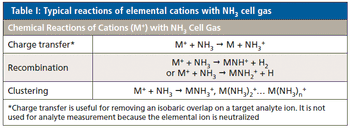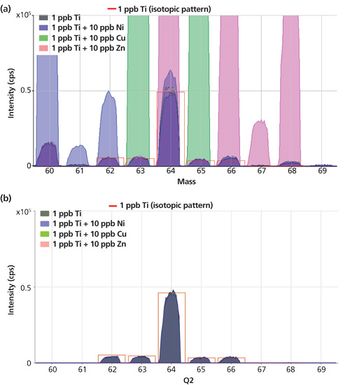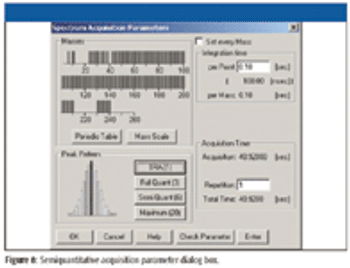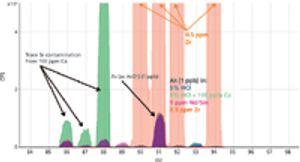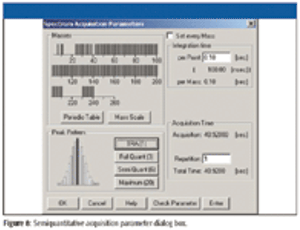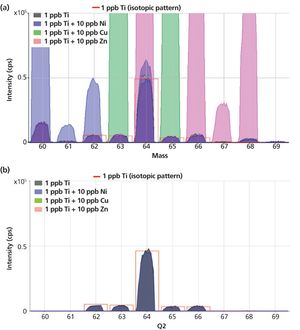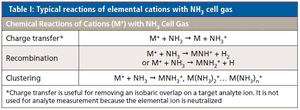
Combined with appropriate selection of instrument components to reduce the sulfur background, ICP-MS using MS/MS with oxygen reaction cell gas can provide accurate low-level analysis of sulfur and sulfur isotope ratios in aqueous and organic matrices. This is useful in applications in life science, clinical research, pharmaceutical development, food safety, environmental monitoring, geochemistry, and petrochemistry.

